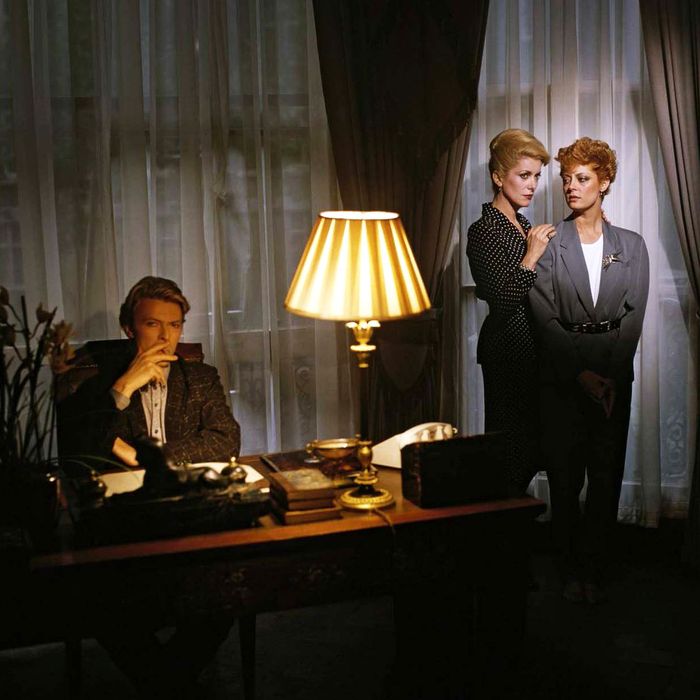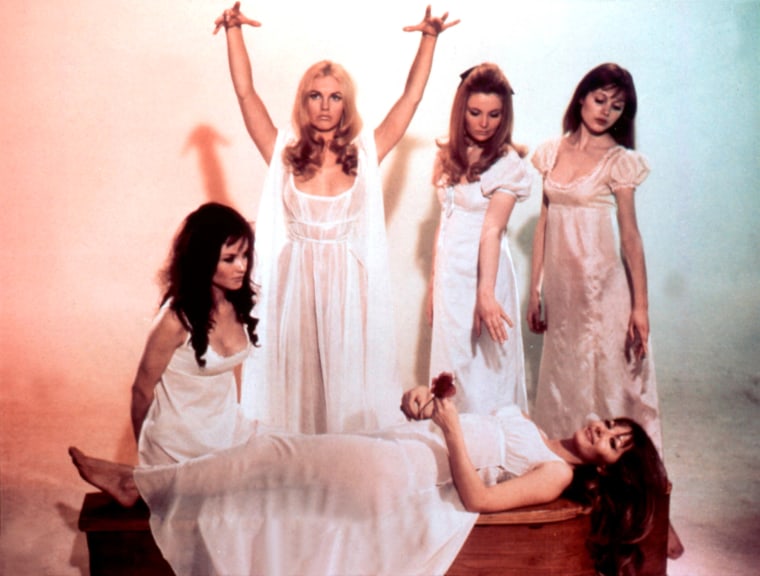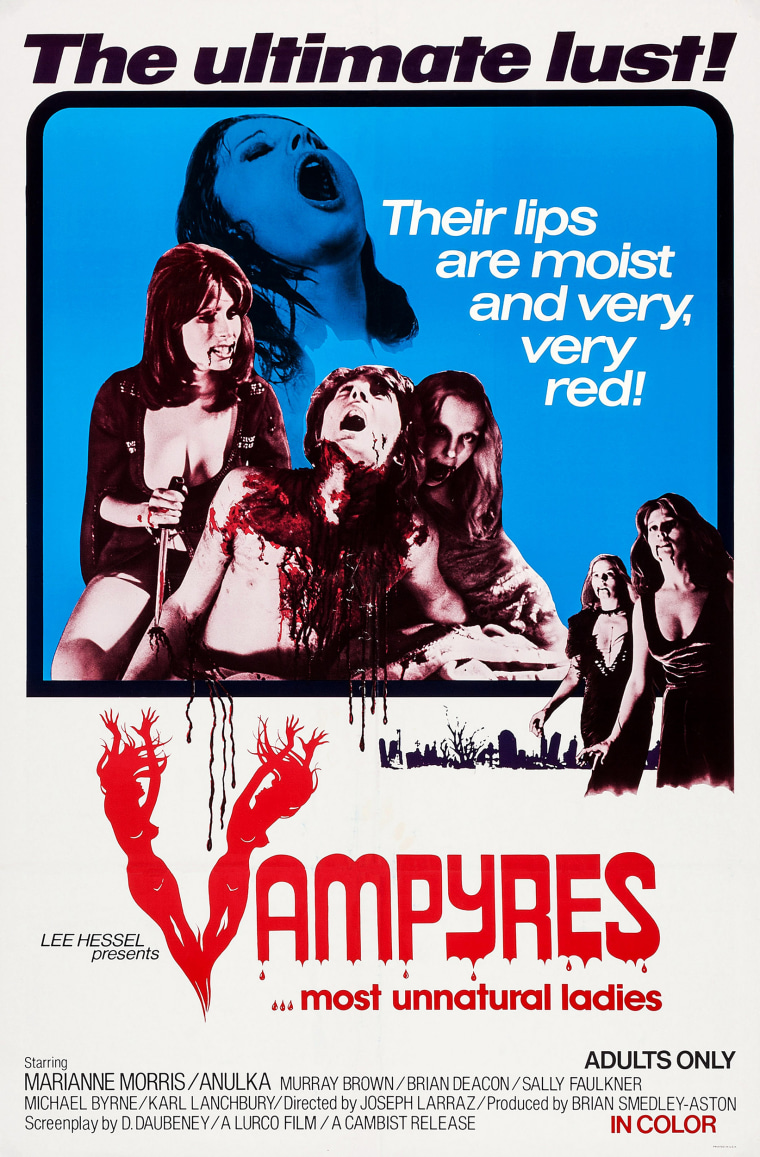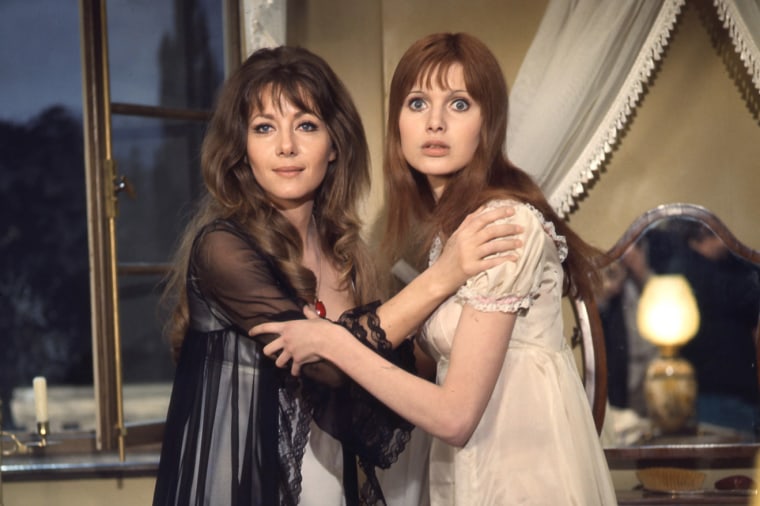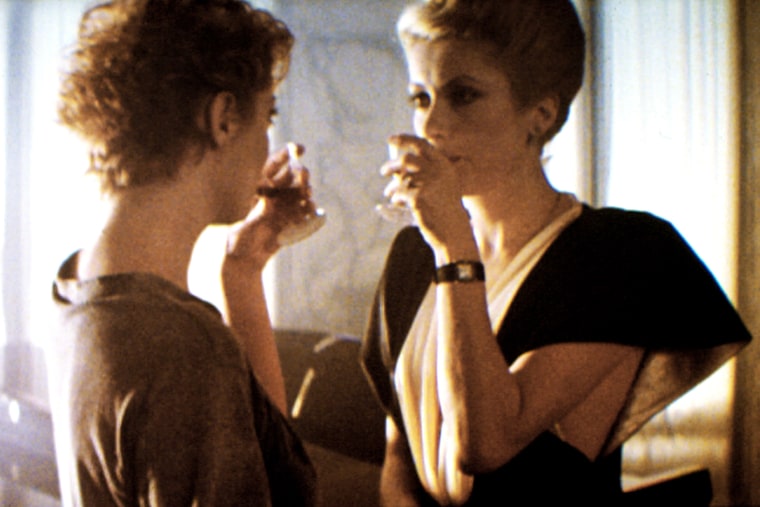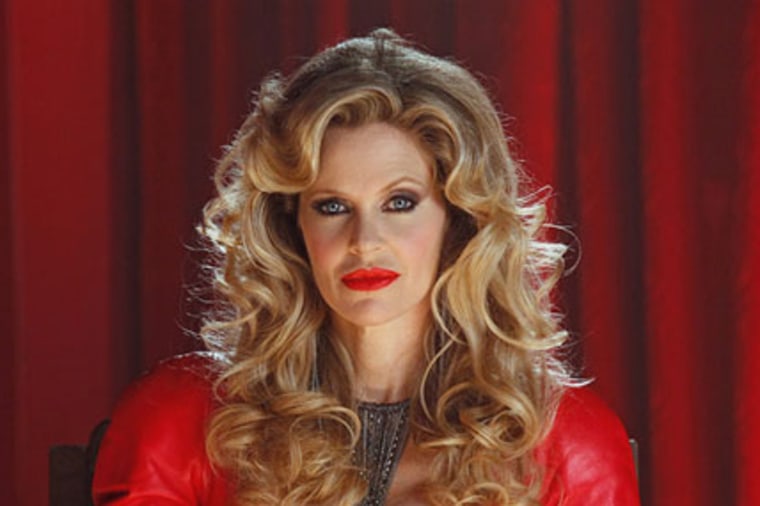ST. JOHN'S, N.L. — Newfoundland and Labrador's post-secondary institutions are seeing a steep drop in enrolment in oil-focused engineering programs as the province's offshore oil industry tries to claw its way out of a downturn.

And many of those who have enrolled say they did so because they want to bring change to the industry in the era of climate change.
"What I would like to do is to make it more sustainable," said Brooklyn Hollett, a fourth-year undergraduate student in process engineering at Memorial University in St. John's. "To make it so there's less emissions and it's not so hard on the environment."
Figures from the College of the North Atlantic show the number of students in its programs geared toward the oil industry — petroleum and chemical process engineering technology — declined steadily from 157 students in 2016-2017 to 73 in 2020-2021. The school did not provide data for this academic year.
At Memorial, the number of students completing a master's degree in oil and gas engineering went from 56 in 2016-17 to 69 in 2017-18, before falling to 30, then 20, then 19 in successive years.
Just two students are enrolled in the university's oil and gas engineering PhD program this year, down from 11 students in 2016-2017.
"With COVID, oil took a big downturn, so I think people were hesitant to put all their eggs in that basket," Hollett said in a recent interview, adding that she's one of 15 students in her fourth-year class.
Her program allows students two paths: one with a strict focus on petroleum, the other with a wider scope that includes sustainability methods, renewable energy and even mining. "Usually, there's a lot of students in the petroleum stream, but this year, my class, not a single person is in it. All 15 of us are in the sustainability stream," she said.
Hollet said her classmates are on "both sides of the oil spectrum." One woman wants to work at a big operator and just keep producing oil, she said, "and there's other people that are, like, totally against it, and they want to work in green energy, wind energy, that type of thing."
Hollett grew up in the small community of Arnold's Cove, where the Come By Chance oil refinery is the town's biggest employer, so she knows how unpredictable jobs in the sector can be. She wants to improve the oil industry, but she's made sure she can work in renewables or even in mining if those goals don't work out.
Newfoundland and Labrador's oil industry was hit hard in recent years by a crash in global oil prices, which was promptly followed by the onset of the COVID-19 pandemic.In response, three of the province's four offshore oil projects halted some or all of their plans or operations, and the provincial government parcelled out $320 million in aid provided by Ottawa.
All four projects are big polluters: in 2019, they were among the top six per cent of greenhouse gas emitters among over 700 Canadian oil and gas extraction projects, according to data from the federal Greenhouse Gas Reporting Program. All are expected to keep pumping for at least another decade.
A request for an interview with a College of the North Atlantic representative wasn't granted, but spokesman Roger Hulan noted by email that the oil and gas sector is a cyclical industry, and there are signs of a strong recovery. "Enrolment for both programs is beginning to improve, and now would be the optimal time for students ... to enter this field and prepare for this recovery and future demand," he said.
Greg Naterer, dean of engineering and applied science at Memorial, said the pandemic had an impact on enrolment. But students are also driven by growing concern about climate change and the need for the industry to curb emissions and develop renewable energy sources, he said.
The university is looking to adapt its programs, "largely because of what's happening in the world around us, to be more environmentally responsible," Naterer said in a recent interview. "We're broadening the scope of the current undergraduate programs in process engineering ... incorporating other forms of green energy like biodiesel, hydrogen fuel cells and others."
The University of Calgary has suspended admissions for its undergraduate program inoil and gas engineering, citing a growing student interest in more renewable forms of energy. A similar move wouldn't make sense at Memorial, Naterer said. "This is not the first time that we've ever seen fluctuations in enrolments," he said. "The students want to be part of the solution rather than the problem, and that's what our programs allow them to do."
This report by The Canadian Press was first published Oct. 31, 2021.
Sarah Smellie, The Canadian Press

 © Provided by Narcity
© Provided by Narcity







